Some faces you may recognize in a video from one of our hardware partners discussing how modern HPC is revolutionizing drug and other health-related discoveries. Miss Annie Jump Cannon also makes an appearance.
2021 Cluster Upgrades – Sept. 30th 2021
We have some exciting news about new resources we want to share with you. In the summer of 2019 we invested in direct water cooling and were able to bring you the Cannon cluster with 32,000 of the fastest Intel Cascade Lake cores. This 8-rack block of compute has formed the core of our computational capacity for the past…
Sex chromosome transformation and the origin of a male-specific X chromosome in the creeping vole
Matthew B. Couger, Scott W. Roy, Noelle Anderson, Landen Gozashti, Stacy Pirro, Lindsay S. Millward, Michelle Kim, Duncan Kilburn, Kelvin J. Liu, Todd M. Wilson, Clinton W. Epps, Laurie Dizney, Luis A. Ruedas, Polly Campbell Mystery solved? Chromosomal sex determination arises when an autosomal locus acquires a sex-determining function. In some taxa, this process occurs often. The XY system in…
Event Horizon Telescope Maps Emissions From Black Hole
The Event Horizon Telescope Collaboration has published results showing how the project was able to map and create imagery of polarized emissions from material rotating within the magnetic field near the event horizon of the supermassive black hole in galaxy M87. Scientists from Harvard's Center for Astrophysics and Black Hole Initiative used the FASRC cluster for several parts of this projects'…
Security advisory regarding Python/Conda/pip/PyPI
AUDIENCE: All Python/Conda users IMPACT: Potential malicious packages installed or malware downloaded Numerous packages containing malware/malicious links have been uploaded to the PyPI (Python Package Index) repository. Many of these have names which are slight misspellings of the names of other packages. The intention is to cause an installation of one of these packages if the package name is mistyped…
Deep rotating convection generates the polar hexagon on Saturn
Rakesh K. Yadav Jeremy Bloxham PNAS June 23, 2020 117 "The hexagonal flow pattern on Saturn is a striking example of turbulent self-organization. However, the mechanism of its formation and its depth remain unclear. There are two hypotheses: in one, the hexagon is shallow, extending to depths ranging from tens to hundreds of kilometers; in the other, it extends to thousands…
2020 Year-End Recap and a Look Back at FASRC
2020 - A year full of changes 2020 began somewhat normally, except that the world was coming to grips with a global pandemic. By February plans were being formed for a probable change to 100% remote work for FASRC staff. This became a reality in March and we bid our offices in '38' farewell for some indeterminate time. This…
A Retrospective Odyssey
by Paul Edmon December 2, 2020 Back in 2008, the Odyssey supercomputer was installed on the seventh floor of the Markely-Boston co-location data center at 1 Summer Street, Boston, Massachusetts. Until this point Harvard had not really been a player in the realm of supercomputing, unlike other major universities who had been doing so for decades. However with Odyssey Harvard…
Congratulations to Madelyn Cain for JobID 1!
by Paul Edmon, September 1, 2020 One of the features of our scheduling software, Slurm, is that it has a max JobID of 67,043,328 (for the fascinating reason why see the Slurm docs). This means that when we hit that limit the JobID rolls over to 1 and starts counting again from there. We thought this would be a fun…
Summer 2020 datacenter consolidation
On-going work July - ? in our Boston data center Due to scheduling of resources around pandemic guidelines and rules, as well as scheduling with the data center and vendors, an end date is not yet known. As part of cost-savings plans, FASRC and Harvard Medical School will be combining space in our Boston data center. This allows FASRC, HMS,…

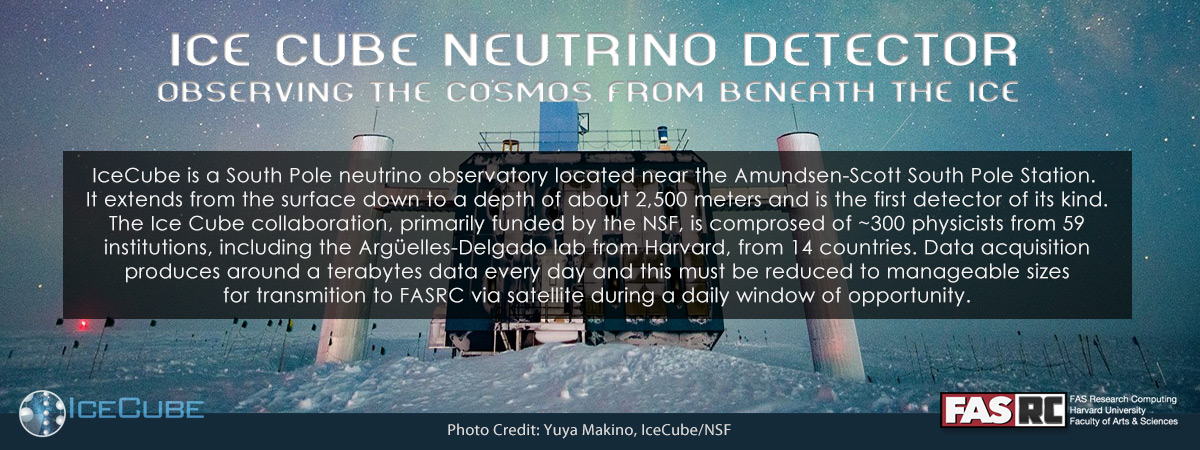
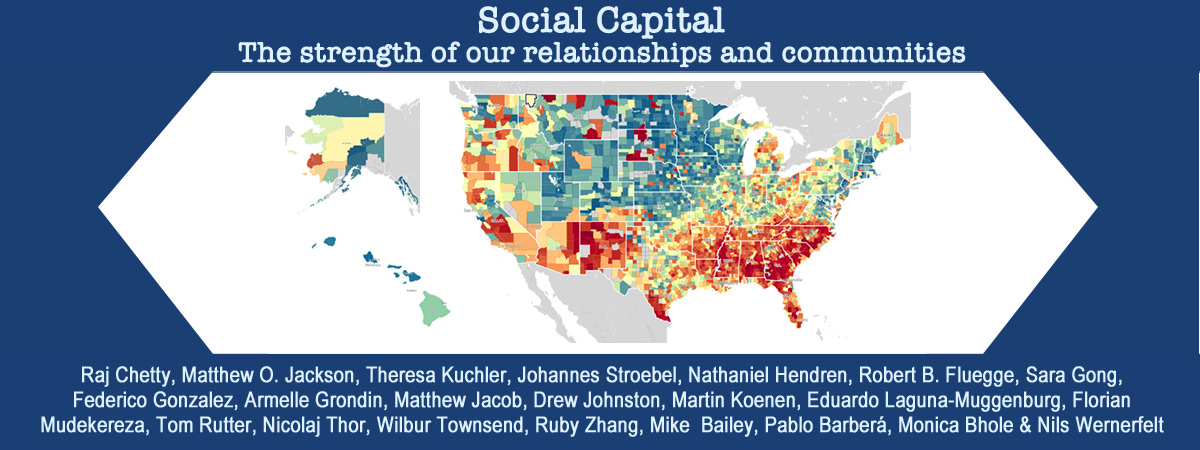
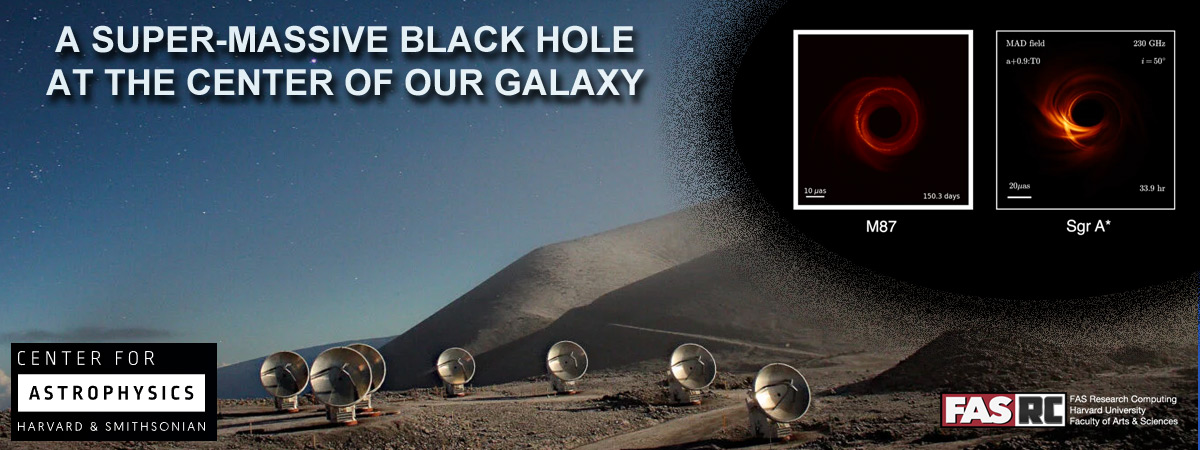
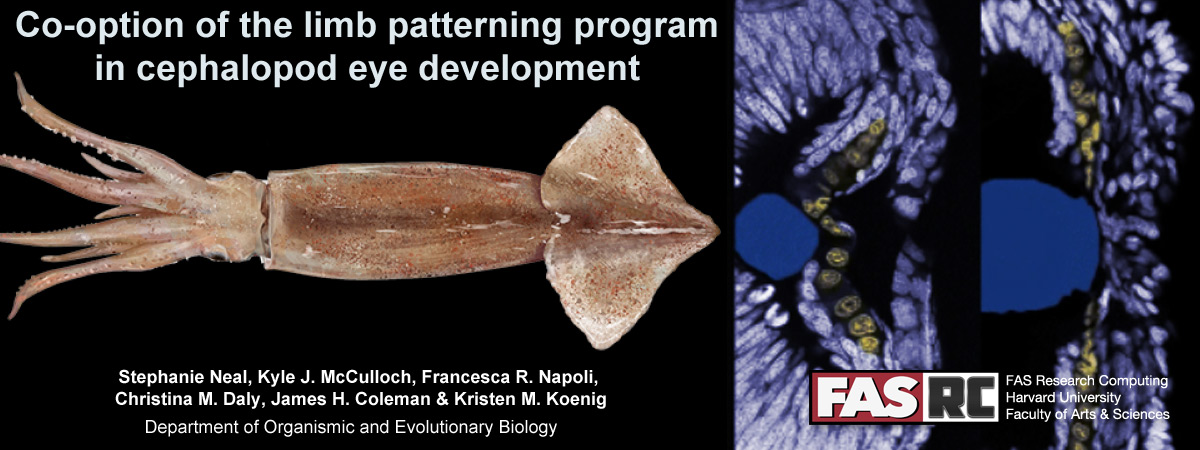
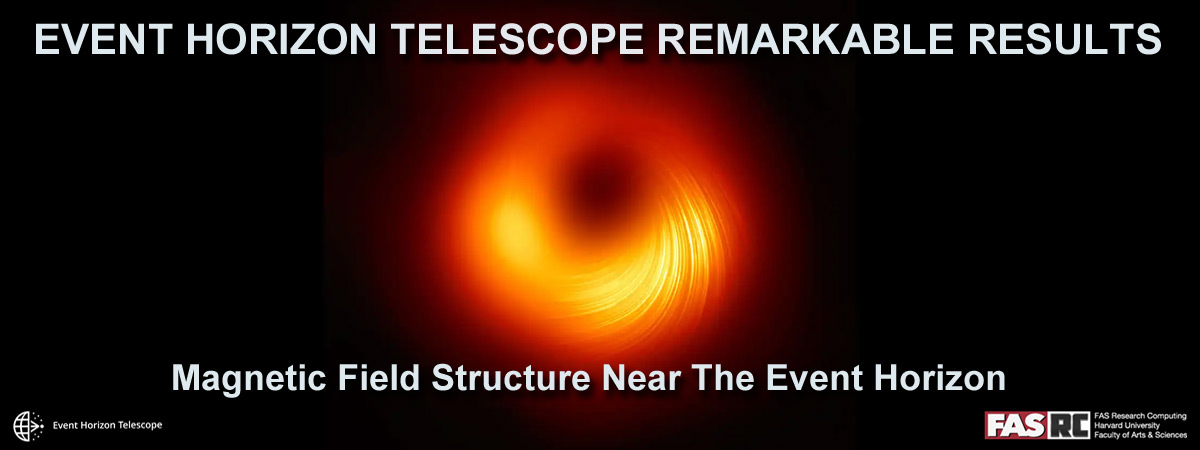
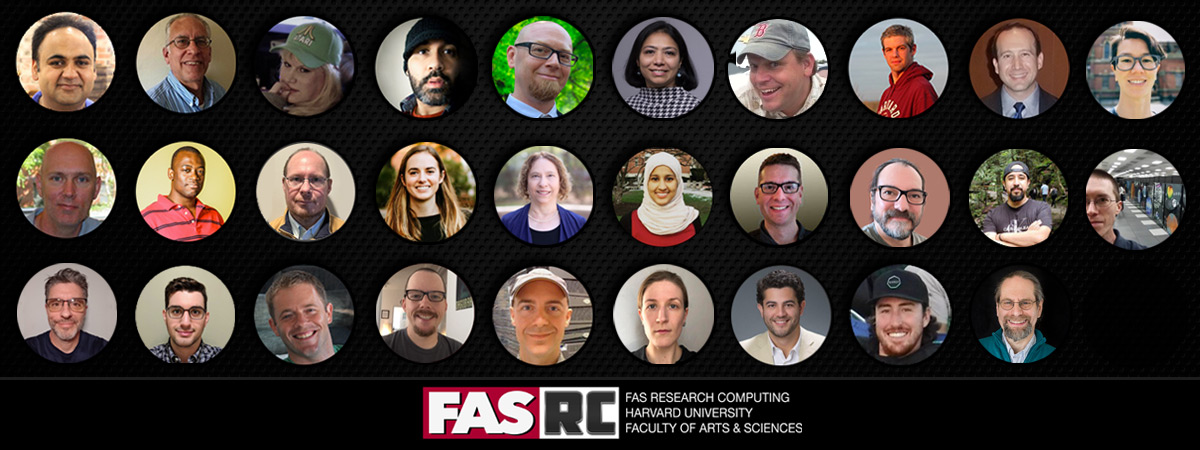
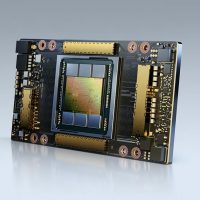

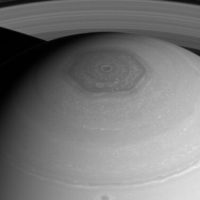
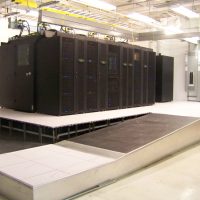
You must be logged in to post a comment.